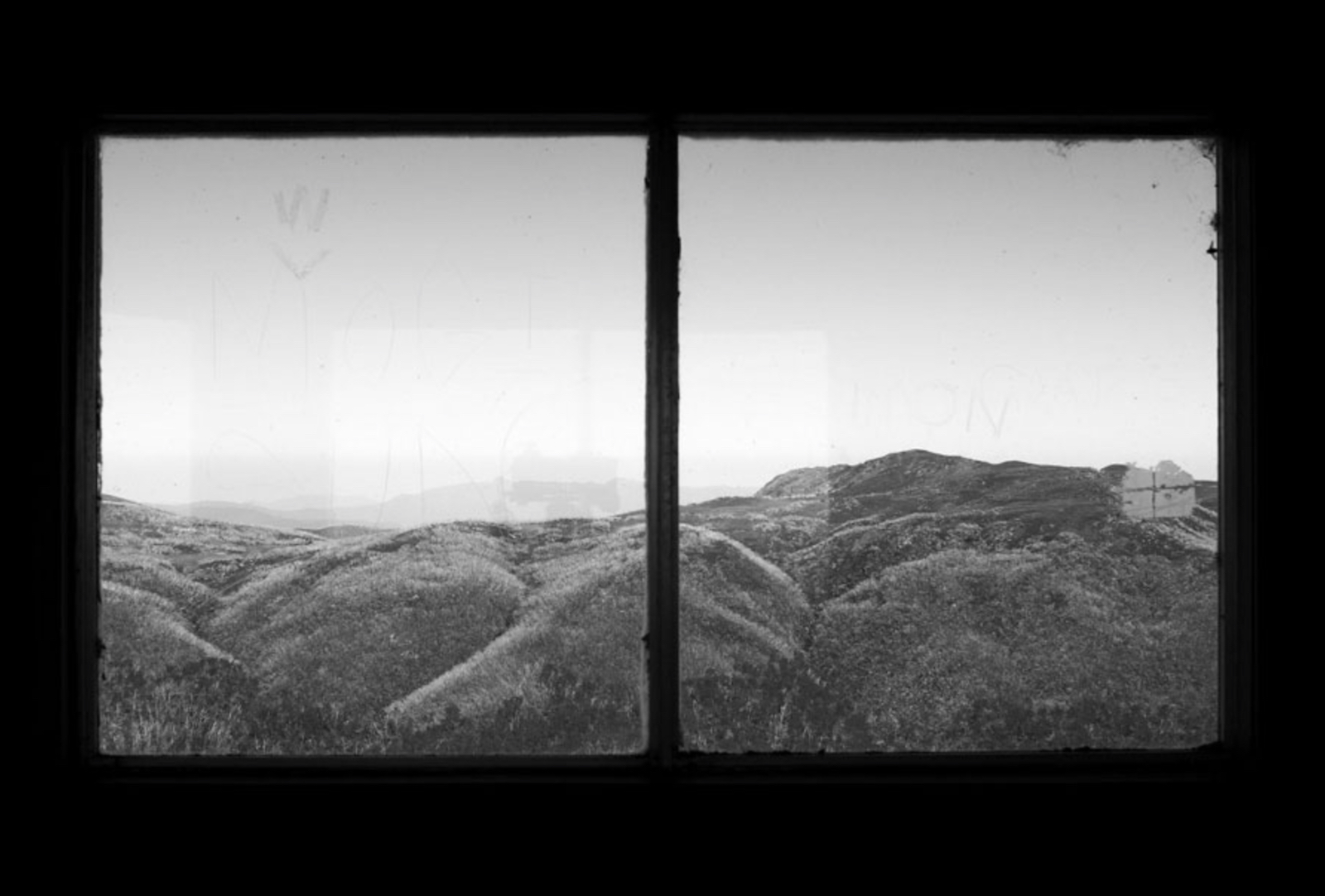Bogong ELECTRIC

Bogong ELECTRIC is a free site-specific exhibition and performance program focusing on the Kiewa Hydroelectric scheme. Curated by Dr Philip Samartzis and Madelynne Cornish, Bogong ELECTRIC is designed to investigate the relationship between the natural and constructed environment using artistic practices that thematically reference electricity within the process of production and presentation. The interplay between artworks and site will provide a diverse range of encounters and experiences for audiences. Bogong ELECTRIC will take place at Bogong Village and features a broad range of national and international artists.
First developed in the 1930s, the hydroelectric scheme is the first of its kind, and the second largest overall in mainland Australia. Since its inception it has evolved to comprise four power stations and attendant infrastructure including dams, rail sidings, substations and networks of tunnels and aqueducts for the generation, transmission and distribution of electricity. The scheme begins at an altitude of 1800 meters at Rocky Valley and Pretty Valley reservoirs where snowmelt is periodically released into an interlinked series of power stations and dams distributed along the Kiewa Valley starting with McKay Creek and followed by Bogong and Clover, concluding with the West Kiewa power station before its eventual release into the Kiewa River, a major tributary of the Murray River.
The Australian Alps produces 80% of Australia’s fresh water supply yet only comprises 1% of its landmass. While the bulk of it is designated as a national park, the Australian Alps are also the site of quite complex industrial and commercial enterprises including alpine resorts and hydroelectric power schemes. Hydroelectricity is posited as a sustainable source of renewable energy. Through massive earthworks and complex technical infrastructure, pressurized water is mobilized to generate the electricity required to power the everyday spaces that we inhabit. The range of infrastructure used to exploit the gravitational force of falling or flowing water including turbines, pumps, sub stations, dams and aqueducts and the manner in which they inhabit the natural environment provides a rich source for investigation for a wide range of artists.
The relationship between the natural and constructed environment used to collect and exploit this water supply is quite complex and variegated, providing a compelling subject for consideration given the current discourse surrounding sustainable methods of energy production. Bogong ELECTRIC seeks to expand understanding of the environmental effects of hydroelectricity by direct and indirect encounters of the scheme through installation and performance works, soundscape composition and Internet connectivity.
Bogong ELECTRIC is supported by the Australia Council for the Arts